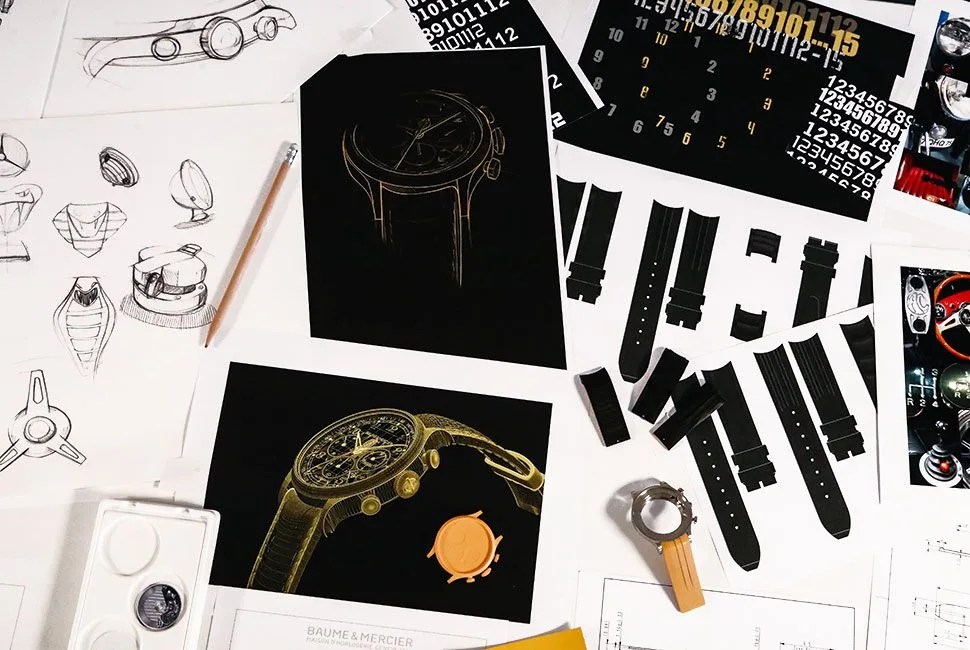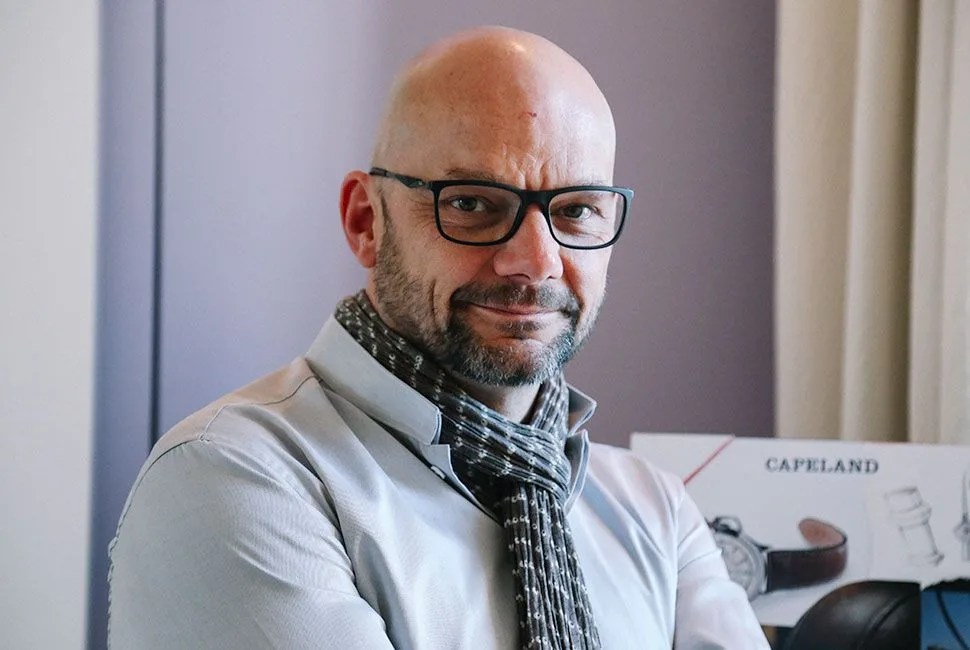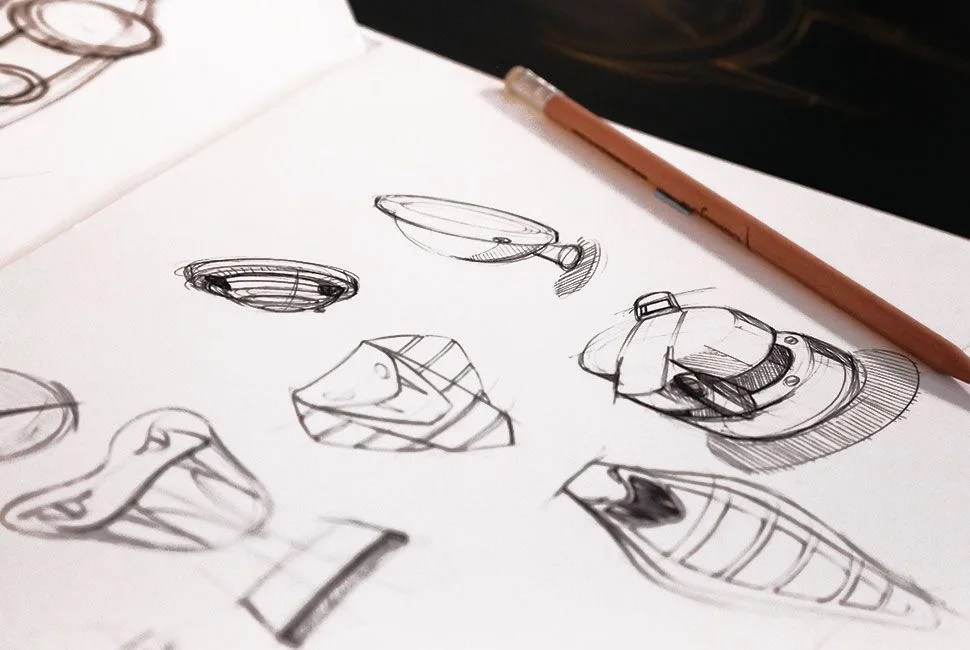The job title of “watch designer” is a dream for any watch nerd, and in recent years scores of online micro-brands have popped up headed by longtime watch lovers. Ironically, Baume & Mercier Design Director Alexandre Peraldi’s long career was not sparked by a love of horology — it was simply sparked by a love of design, and creating within the constraints the industry provides. We sat down with him to talk about how a new watch comes to be.
Q: How did you get into design?
A: Designing watches was not my plan. I wanted to draw and design, and do something with my hands, so I went to school in Paris. After I joined Cartier as a young designer, I discovered watches and the watchmaking industry. My only watch at the time had a calculator, or something. After 12 years at Cartier, I decided to come to Baume & Mercier. It was very small, but very exciting, with a lot of new models and creativity. And when I joined Baume & Mercier, it was a huge breath of fresh air. People ask me sometimes, “Why did you leave Cartier to join Baume & Mercier?” and I say to them, “It’s like if you want to be a good musician, you should learn classical music for ten years, and after that you are able to play jazz.” In this case I learned to design classical at Cartier, and I learned how to design jazz at Baume & Mercier.
Q: If a young person today wanted to get into watch design, how would you suggest going about that?
A: Design is difficult. You have to feel that from the beginning. But for me — I think it’s important to me to design “outward”: to discover all the different fields of design, not just watches. To work with your hands is also very important. Craftsmanship is very important — like sculpture or modeling; it’s important to build something with your hands and understand the shape that way. You can’t only be able to design by drawing something. It’s more a matter of shape than graphic design. Graphic is different. You should be very good at drawing, but at the end of the day, it’s shape.

Sketches and 3D models of Baume & Mercier’s limited-edition Shelby Capeland chronograph.
Q: Walk me through your design process from start to finish. When you’re developing the design for a watch, where do you start and what are the building blocks on top of that?
A: We start with the marketing brief. We speak for a long time to understand what are the needs of the brand to start the first sketches. From there it’s a classic process. We start with sketches to explain what we have in mind with the marketing team, to test the first ideas, and after that, when we have agreed on the direction of the aesthetic, we start to design in 3D. We become very, very quickly more precise. And at this moment we are able to define the shape with the profile view, with the detail of the watch. At the same time, you start to work with the 3D to be able to perfect the shape from the first rendering in 3D, or the first mockup with a 3D printer.
We do this kind of 3D mockup to feel the size, and to wear it on the wrist and feel the quality of the surfaces. And to have something so precise, and to give it to the marketing team and to bring it to reality before having the final product itself, is very important. This is a very traditional way for me, though now it’s very short because of the 3D printer. In the past, you had a 2D design. To then give it to someone to do the first prototype in metal was very long and expensive.

